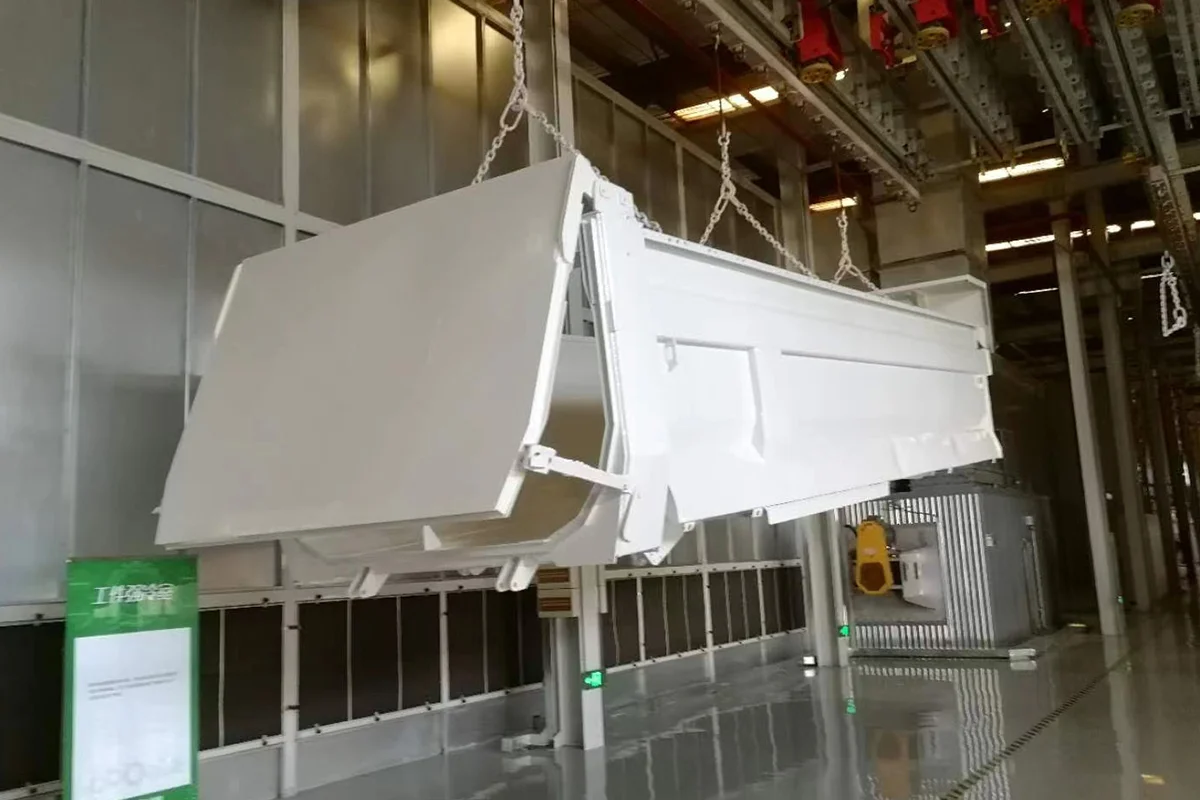
Clear records
history record

Products
Contact
Friction Conveyor Equipment
Friction Conveyor Equipment
I. Introduction
Friction conveyor equipment is an automated system that utilizes frictional force for material transportation. It is widely used in manufacturing, logistics, food processing, pharmaceuticals, and other industries, making it suitable for conveying materials of various shapes and weights.
II. Application Areas
1. Manufacturing Industry
Automotive Manufacturing: Used for transporting and assembling car bodies, engines, and other components.
Electronics: Conveying circuit boards, display screens, and other precision components.
Home Appliances: Handling large appliances such as refrigerators and washing machines.
2. Logistics and Warehousing
Automated Warehouses: Efficient material transportation and sorting.
Parcel Sorting: Enhancing efficiency in express package distribution.
3. Food and Beverage Industry
Food Processing: Transporting packaged foods and beverage bottles.
Packaging Lines: Used for food packaging and boxing operations.
4. Pharmaceuticals and Chemicals
Pharmaceutical Production: Transportation of medicines and medical devices.
Chemical Products: Handling chemical raw materials and finished goods.
5. Airports and Postal Services
Baggage Handling: Automated transportation and sorting of airport luggage.
Postal Sorting: Fast sorting of mail and parcels.
6. Other Industries
Construction Materials: Conveying bricks, panels, and other building materials.
Agriculture: Transporting and sorting agricultural products such as grains and fruits.
III. Technical Overview
1. Basic Principles
The conveyor system operates by driving belts or rollers through a motorized system, using frictional force to move materials from the starting point to the destination. The equipment typically consists of a drive unit, conveyor belt, rollers, support structures, and a control system.
2. Core Process Flow
Workpiece Loading
Materials are placed onto the conveyor by manual or automated systems, ensuring precise positioning.
Friction Drive
Friction wheels or belts rotate under motor power, utilizing friction to push materials along the conveyor.
Transportation Process
Materials move smoothly under the influence of friction, with sensors monitoring position and speed to maintain stable transport.
Positioning and Stopping
Upon reaching the designated position, sensors or mechanical devices accurately stop the materials for further operations.
Workpiece Unloading
Materials are offloaded at the destination manually or through automation, completing the transportation process.
Return and Recirculation
The empty conveyor returns to the starting point, preparing for the next transportation cycle.
IV. Technical Advantages
Efficient Transportation: High transport efficiency using friction-driven technology, suitable for a wide range of materials.
Low Noise: Produces less noise compared to traditional conveyors, improving the work environment.
Easy Maintenance: Simple structure for easy maintenance, reducing downtime and operational costs.
Strong Adaptability: Suitable for materials of different shapes, sizes, and weights, with a broad range of applications.
High Safety: Equipped with multiple safety protection features to ensure safe operation and reduce accident risks.
V. Development Trends
1. Intelligent and Automated Systems
With the advancement of Industry 4.0, friction conveyor systems are becoming increasingly intelligent and automated, integrating sensors, IoT, and AI technologies to enhance production efficiency and accuracy.
2. Energy Efficiency and Environmental Protection
Equipment is being designed with energy-saving and eco-friendly features, using high-efficiency motors and sustainable materials to reduce energy consumption and carbon emissions.
3. Modular Design
Modular conveyor systems allow greater flexibility, easier maintenance, and upgrades to adapt to different production needs.
4. High Precision and Speed
Continuous improvements in system precision and speed are meeting the demands of high-precision industries such as electronics and semiconductors.
5. Multi-Function Integration
Conveyor systems are incorporating sorting, inspection, and packaging functions, creating fully integrated production lines for enhanced efficiency.










